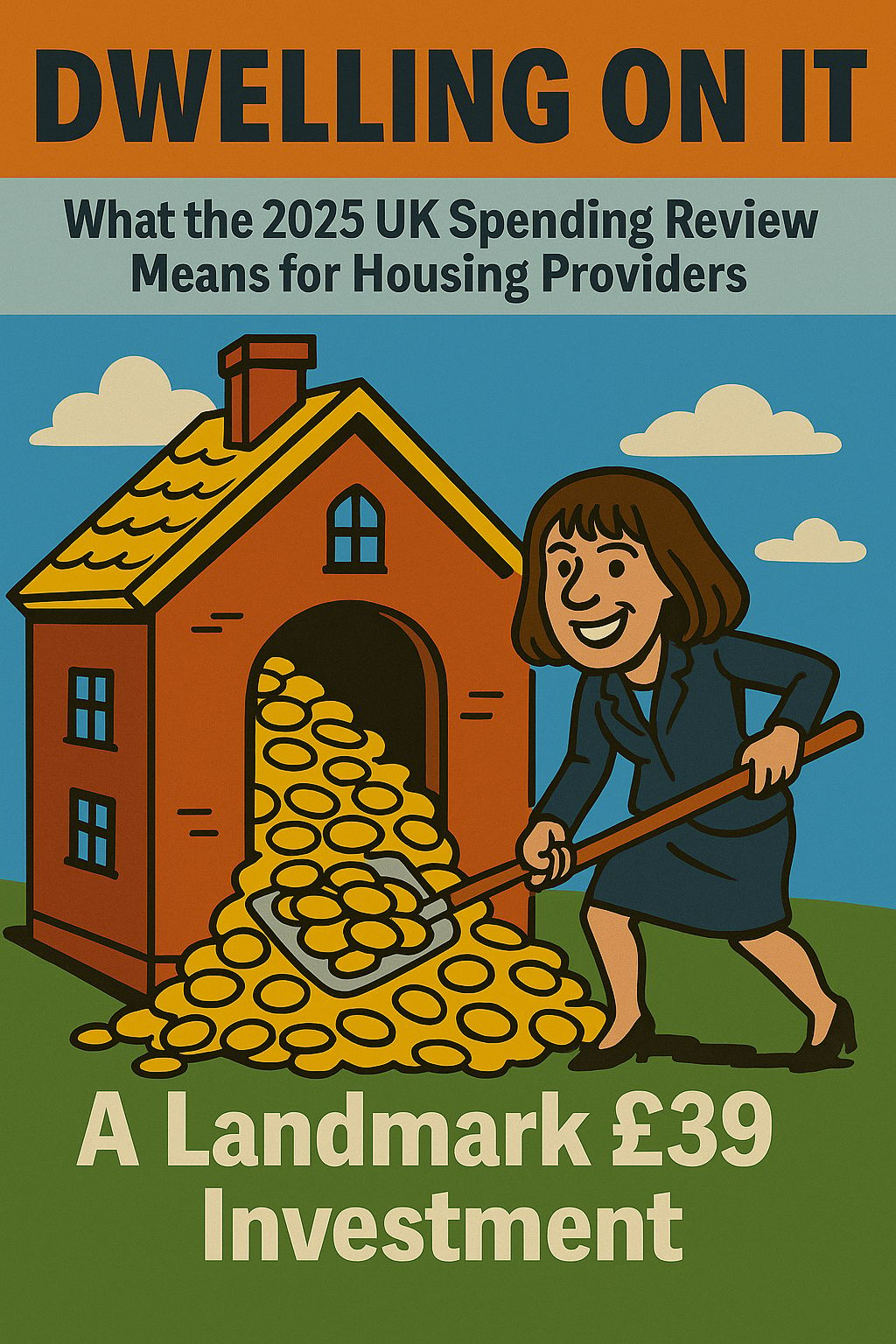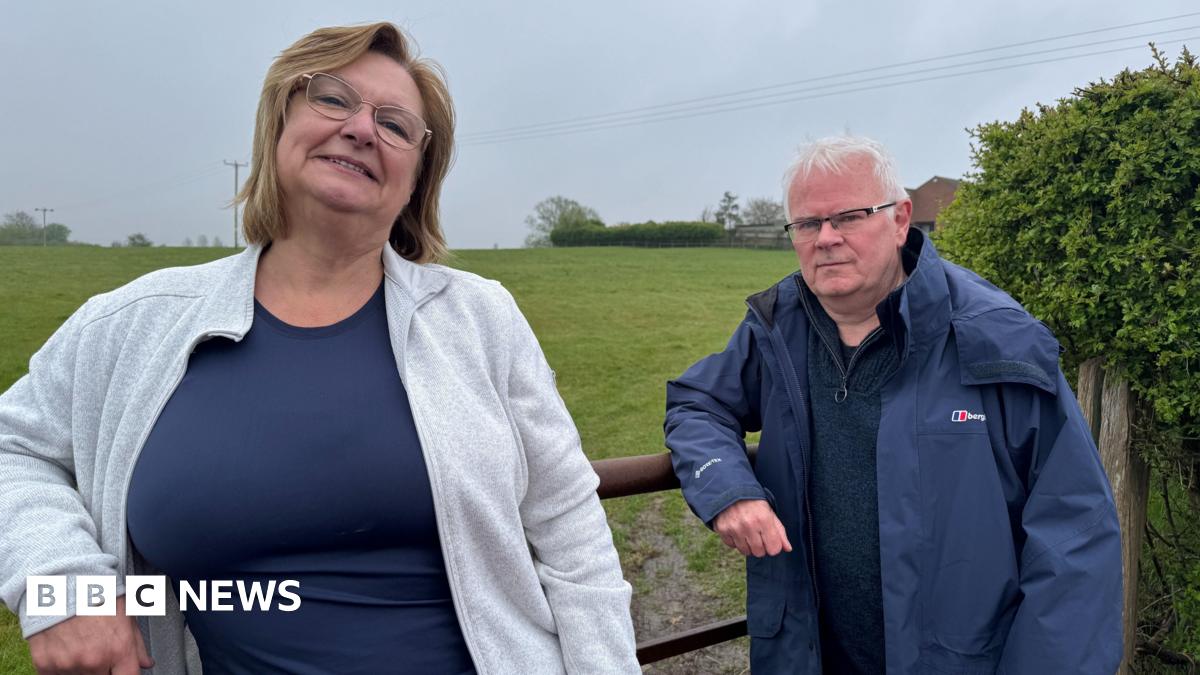- Dwelling On It
- Posts
- The 2025 Spending Review: A Housing Revolution or Just Better Headlines?
The 2025 Spending Review: A Housing Revolution or Just Better Headlines?
£39 billion sounds impressive, but can we actually build our way out of this crisis?

The Chancellor stood up last week and announced something unprecedented: £39 billion for affordable housing over the next decade. The largest public investment in social housing in 50 years, apparently.
Housing Twitter went mad. Press releases flew. The phrase "game-changer" appeared in roughly 847 LinkedIn posts.
But here's the question everyone's asking behind closed doors: Is this actually going to work?
The Numbers That Matter
Let's start with what's actually on the table:
£39 billion over 10 years through a new Affordable Homes Programme. To put that in context, that's nearly double what we've been spending annually on affordable housing. For the first time in decades, housing providers can actually plan beyond the next funding round.
£10 billion through Homes England specifically to leverage private investment. The idea is to bridge viability gaps and unlock development that's currently stuck in feasibility studies.
A permanent mortgage guarantee scheme launching in July, supporting 95% loan-to-value mortgages for first-time buyers. Because apparently helping people buy homes is now a permanent government function, not a temporary intervention.
£950 million Local Authority Housing Fund and £633 million Homelessness Prevention Grant for 2025/26, with £100 million specifically for tackling homelessness.
The scale is genuinely unprecedented. The question is whether the sector can actually deliver on it.
What This Means for Your Organisation
Ten-year funding certainty means you can finally think strategically about development pipelines, stock investment, and partnership arrangements. No more scrambling for short-term grant allocations or wondering if next year's programme will exist.
New funding models through the Homes England investment could open up development opportunities that weren't viable under traditional grant rates. Mixed-tenure schemes, build-to-rent partnerships, and regeneration projects that have been stuck in business cases for years might finally make sense.
Rent certainty from 2026 with a CPI + 1% cap gives you predictable income streams for the first time since welfare reform began. You can actually model your business plan beyond the next rent review.
But there's a catch. Actually, several catches.
The Reality Check: Can We Actually Build These Homes?
Here's what the press releases don't mention: We're not very good at building houses anymore.
Planning approvals now take three times longer than they did in 2014. The skills shortage in construction is getting worse, not better. Material costs are still volatile. And anyone who's tried to buy land recently knows that viability is a nightmare even with grant funding.
The government's target of 1.5 million new homes this Parliament sounds ambitious until you realise we've been missing housing targets for the better part of two decades. More money helps, but it doesn't fix the fundamental capacity constraints.
The uncomfortable truth: You can't solve a supply crisis by throwing money at a delivery system that's already operating at capacity.
For councils, this is a mixed picture.
Yes, there's more capital funding for housing. But day-to-day budgets are still under pressure, and you're looking at potential council tax rises of up to 5% to balance the books.
The Homelessness Prevention Grant comes with strings attached: 49% must be spent on prevention and relief, 51% on temporary accommodation. Which sounds sensible until you realise most councils are already spending way more than 51% on temporary accommodation because that's where the crisis is right now.
Scotland, Wales, and Northern Ireland get proportionate funding increases through the Barnett formula, which means they'll probably do better at delivery than England because their planning systems actually work.
The Elephant in the Room: Delivery
Florence Eshalomi, Chair of the Housing, Communities and Local Government Committee, called this "a turning point where we finally deliver the social homes people need."
But turning points require more than money. They require:
Planning reform that actually speeds up approvals rather than just talking about it
Skills investment that creates the workforce to build these homes
Supply chain capacity that can handle a genuine increase in construction activity
Land availability at prices that make development viable even with grant funding
The housing sector has been calling for these things for years. The Spending Review gives us the money to build homes, but it doesn't give us the system to build them efficiently.
What This Means for Your Strategy
If you're planning your organisation's response to this funding boost, here's what matters:
Think bigger than you're used to. Ten-year funding certainty means you can plan development programmes that would have been impossible under previous funding cycles.
Build new partnerships. The emphasis on leveraging private investment through Homes England suggests that successful organisations will be those that can work effectively with commercial partners.
Prepare for scrutiny. With this level of public investment, there will be much more focus on delivery, outcomes, and value for money. Your board, residents, and regulators will all want to see tangible results.
Don't forget the basics. New development is exciting, but existing stock still needs investment, repairs still need doing, and residents still need decent homes today.
The Bigger Picture
This Spending Review happens against a backdrop of major regulatory change. Awaab's Law, the Renters' Rights Bill, building safety reforms, and the new Decent Homes Standard all affect how you'll deliver these new homes and manage existing stock.
The real test isn't whether the government can announce £39 billion. It's whether the sector can turn that into warm, dry, affordable homes that people actually want to live in.
The bottom line: This is the biggest opportunity the social housing sector has had in a generation. Whether it becomes a revolution or just better headlines depends on what happens next.
Key Figures at a Glance:
£39bn: Total affordable housing investment over 10 years
£10bn: Through Homes England to leverage private investment
£950m: Local Authority Housing Fund
£633m: Homelessness Prevention Grant for 2025/26
CPI + 1%: Rent increase cap from 2026
1.5 million: Government's target for new homes this Parliament


